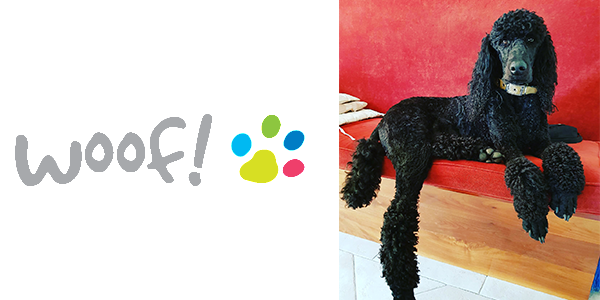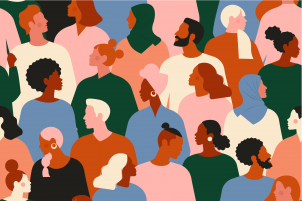Malcolm X called the media “the most powerful entity on earth”.
“They have the power to make the innocent guilty and to make the guilty innocent, and that’s power. Because they control the minds of the masses.”
Malcolm’s allusion to the media’s enormous influence still resonates today. But this doesn’t have to be a bad thing.
Ideally, the media treats readers as citizens, and enables them to reflect on issues of communal importance. This is behind the notion of the fourth estate, which refers to the power the press and news media has in advocacy and framing political issues.
But for the media to properly realise this purpose, it needs to represent the perspectives and stories of all this country’s people.
The Who Gets To Tell Australian Stories? report is the first comprehensive picture of who tells, frames and produces stories in Australian television news and current affairs. It illuminates the work we need to do to adequately mirror Australia’s population in the media.
The report finds a distinct under-representation of cultural diversity in Australian television news and current affairs, both in the spotlight and behind the scenes. In its forensic analysis of free-to-air news during a two-week period, more than 75% of presenters, commentators and reporters were found to have an Anglo-Celtic background, while only 6% of presenters, commentators and reporters had either an Indigenous or non-European background.
And the problem of diversity is not just a racial one, but a gendered one too. 100% of free-to-air television national news directors in Australia not only have an Anglo-Celtic background, but are male.
In the face of these difficult revelations, has been some change. The Age recently appointed their first female editor in its 165-year history – Gay Alcorn. This same month SBS has appointed internal candidate Mandi Wicks as their director of news and current affairs.
Both of these moves come after fierce internal pressure from the respective organisations.
Two months ago, four book critics recently hired by The Age quit or reduced their hours to protest the lack of diversity in the new hires.
SBS, on the other hand, faced pleas from staff that the broadcaster appoints someone other than a white Anglo man to reflect the station’s multicultural remit. The pleas were launched following claims from Indigenous former staff of experiencing racism at the station.
Everybody wins when there is diversity in our national media. A breadth of backgrounds and experiences leads to a breadth of stories, ideas and perspectives. The organisations that are realising this, and acting on it, are stronger for it.
The tide is slowly turning, and it’s thanks to the bravery of those who confront these issues that it is turning at all. For our media to adequately reflect the cultural diversity of this country, more needs to be done. Malcolm X saw the media as a threat, but it doesn’t have to be one.

A working dog
As culture manager for Pesel & Carr, the nature of my role has shifted significantly during lockdown, but this has not meant I’m any less busy.
Each day begins just as it used to, with me exercising my role as alarm clock. This means I bark Barbara out of bed and into the kitchen to feed me. The barks continue with the morning zoom calls, where Barbara and I provide employees with updates on their responsibilities for the day.
Next is media monitoring. I paw through the news to see when Daniel Andrews will allow me to have unlimited walks per day. He seems more concerned with other things at the moment but I’m sure he will announce that unlimited dog walks are permissible soon.
I take a break by consulting my list of at-home dog exercises in the hope that I will be able to wear my pre-lockdown collar once more.
Following this, it’s time to provide moral support for Barbara. I remind her to take a pause and give me a pat, or better yet, a walk. If she’s on a call with Lort Smith I make sure to pop my head in and offer barks of appreciation for all their great work.
With all that accomplished, it’s time for a nap, warmed by the knowledge that I’m the best canine culture manager around.
Contact us to learn more about making your business a more inclusive space.



